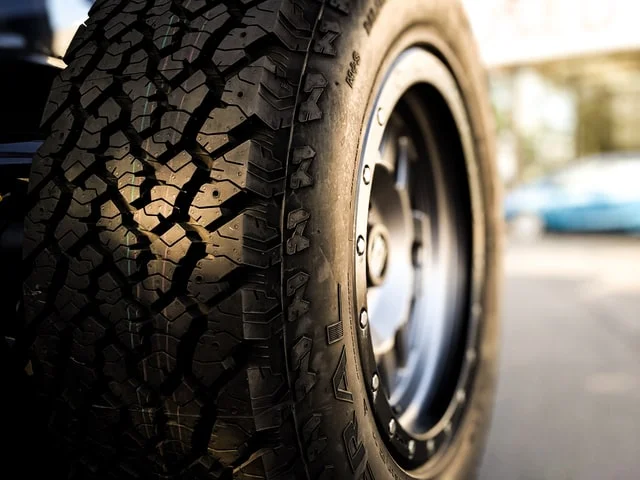Most of today’s vehicles have radial-ply tires. It’s pretty much a universal norm — but this wasn’t always the case. Not too long ago, during the 1950s, radial-ply tires were considered an exotic feature. Before we invented the radial tire, Most cars had bias-ply tires which followed the basic design of the pneumatic tire.
The Need for Radial Tire Invention
In their own days, bias-ply tires represented the best piece of engineering in motor car tires. These tires had reinforcing plies laid across the whole tire. Each ply sat at a bias (angle) of 35 degrees from the car’s direction. In this design, the configuration of plies needs to be uniform on all spots. This means if the tread houses 4 plies, so would the sidewalls.
The issue with this was a high ply-count. In bus and truck tires, it’d go as high as 20 plies. A high ply-count results in heat build-up which is detrimental to the tire’s durability and performance. The tire industry had to come up with a solution to bring down the ply-count while sustaining the tire’s strength, durability, and structural integrity. That’s when radial-ply tires emerged — a whole new standard that would soon take over the entire industry.
The most significant feature of a radial-ply tire is its steel cords. Using steel cord plies in a unique angle of positioning allowed tire makers to bring the number of plies down to 2 to 4. That too, while extending the tire’s tread life and bringing down heat build-up.
Who Invented the Radial Tire?
Since the event is about a century old, it’s not clear to say who popularised the radial construction standard in the tire industry. However, when it comes to the invention of the basic radial-ply design, the majority suggests that US-based manufacturer Arthur W. Savage invented the radial tire between 1915 and 1919.
Michelin — the oldest tire maker out there — was the first brand to develop a tire with steel cord plies in the 1930s. It was originally meant for buses and trucks. However, since it was such a massive breakthrough, it wasn’t long before the technology got implemented across all tire categories.
Global Adoption of Radial-Ply Technology
The initial shift from cross-ply technology to radial tires was pioneered and popularized by the oldest tire brands out there. Notable names include Michelin, Dunlop, Continental, Pirelli, Goodyear, Sumitomo Rubber Industries, Bridgestone, and Yokohama.
The radial tire marked one of the biggest steps forward for the automotive industry as a whole. Not only did it solve handling, heat, and performance problems associated with the bias-ply construction, but it also provided another game-changing edge; low rolling resistance. Hence, radial-ply technology allowed tires to be exponentially more fuel-efficient than the industry standard, which led to its global adoption across the industry. Japanese, American, and European carmakers started to fit radial tires to all of their latest models.
The Significance of Radial Tires Today
This invention technologically revolutionized the tire industry and began a whole new generation of tire manufacturing. These days, almost all truck and car tires designed and produced in the west follow a radial-ply design. The bias-ply design has its own benefits but gets outperformed by radial tires in terms of reliability, performance, and durability.
With that said, it has been over 100 years since the idea of a radial-ply design was introduced. We’ve seen countless further advancements to radial design since then. The industry has grown generations ahead of the initial radial-ply tire invention with the development of high-performance tires, seasonal tires, SUV tires, smart tires, noise-reducing tires, and fuel-efficient tires.

